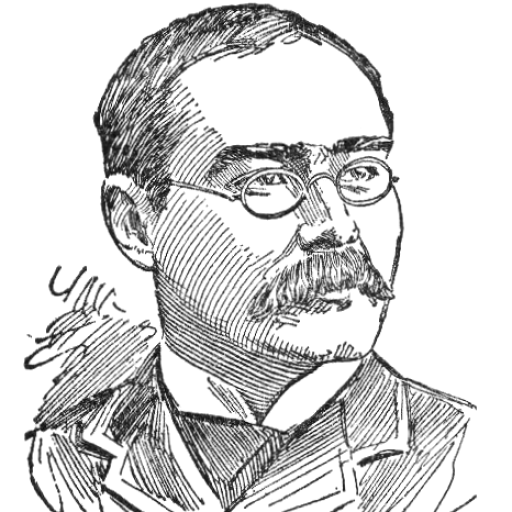…and no one shall work for fame / but each for the joy of working …
Mark Twain, in his story ‘Captain Stormfield’s Visit to Heaven’, had this to say of heaven: “It’s the same here as it is on earth… but there’s this difference, here: you can choose your own occupation, and all the powers of heaven will be put forth to help you make a success of it, if you do your level best. The shoemaker on earth that had the soul of a poet in him won’t have to make shoes here.”
This is the heaven that Kipling paints. Kipling’s heaven is not a place – Kipling didn’t really believe in golden chairs – but a space in which all persons can “do their thing” to the utmost and obtain recognition for it. Heaven is self-realization, an opportunity to express the Truth as you see it, “And only The Master shall praise us, and only The Master shall blame …“.
The illustration is of Kipling’s uncle, the Pre-Raphaelite painter Edward Burne-Jones.
When Earth’s Last Picture is Painted
When Earth's last picture is painted and the tubes are twisted and dried, When the oldest colours have faded, and the youngest critic has died, We shall rest, and, faith, we shall need it - lie down for an æon or two, Till the Master of All Good Workmen shall put us to work anew. And those that were good shall be happy: they shall sit in a golden chair; They shall splash at a ten-league canvas with brushes of comets' hair. They shall find real saints to draw from - Magdalene, Peter, and Paul; They shall work for an age at a sitting and never be tired at all! And only The Master shall praise us, and only The Master shall blame; And no one shall work for money, and no one shall work for fame, But each for the joy of the working, and each, in his separate star, Shall draw the Thing as he sees It for the God of Things as They are!

